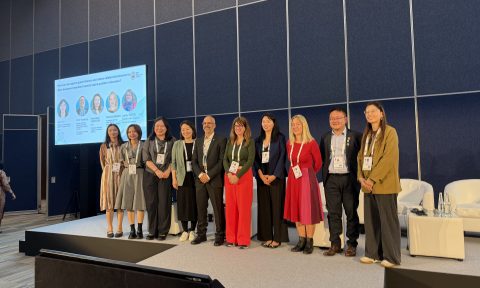Gathering at COP16: Strengthening Transboundary Knowledge Sharing, Dialogue, and Cooperation for the Synergistic Development of Renewable Energy and Biodiversity Conservation
The loss of biodiversity and climate change accelerated by human activities are two interrelated crises facing humanity globally. Renewable energy, as a clean and green energy source, has become one of the key investments for countries worldwide to reduce dependence on fossil fuels and address climate change. However, with the rapid development of the renewable energy industry, an increasing number of scientific studies shows that its footprint and associated supply chains are having significant impacts on biodiversity and ecosystems, including changes in natural land types, obstruction of key species migration or activities, and disruption of ecosystem processes and functions.
How to develop and utilize renewable energy while avoiding further negative impacts on already precarious biodiversity and natural ecosystems, and exploring pathways for synergistic development, has become an urgent issue directly related to several 2030 targets in the Kunming-Montreal Global Biodiversity Framework.
To address this new cross-boundary challenge, it is essential for the energy sector and conservation community to engage in full communication and collaboratively seek pathways for synergistic development. Therefore, during the 16th UN Biodiversity Conference (COP16) held in Cali, Colombia, a side event focusing on ” Synergize Biodiversity and Climate Targets in Renewable Energy Development for Global Nature Positive ” took place at the China Pavilion on the afternoon of October 28.
The co-hosted of this side event included the Shan Shui Conservation Center, the African Wildlife Foundation (AWF), the BirdLife International, the Center for Biodiversity and Nature Reserve at the Chinese Academy of Environmental Planning (CAEP), the Climate Change and Energy Transition Program at PKU Institute of Energy, the Peking University Center for Nature and Society, Duke Kunshan University, the Friends of Nature, The Nature Conservancy (TNC), and the Wildlife Conservation Society (WCS). Representatives from over ten relevant stakeholder groups, including social organizations, research institutions, renewable energy companies, and investment agencies, shared multidimensional insights based on existing research, practical experiences, industry observations, and problem discussions.
Additionally, the Peking University Center for Nature and Society, the Shan Shui Conservation Center, the Wildlife Conservation Society, and the Friends of Nature jointly issued a call to strengthen global cross-national and cross-sector knowledge sharing and collaborative solution development, thereby forming a collective effort to promote the synergistic development of biodiversity conservation and renewable energy, contributing to the achievement of the goals of Kunming-Montreal Global Biodiversity Framework and global sustainable development.
The entire side event lasted four hours, with a full audience and an engaging Q&A session. The event consisted of three segments: keynote speeches, thematic case studies and observation sharing, and a cross-sector roundtable dialogue.
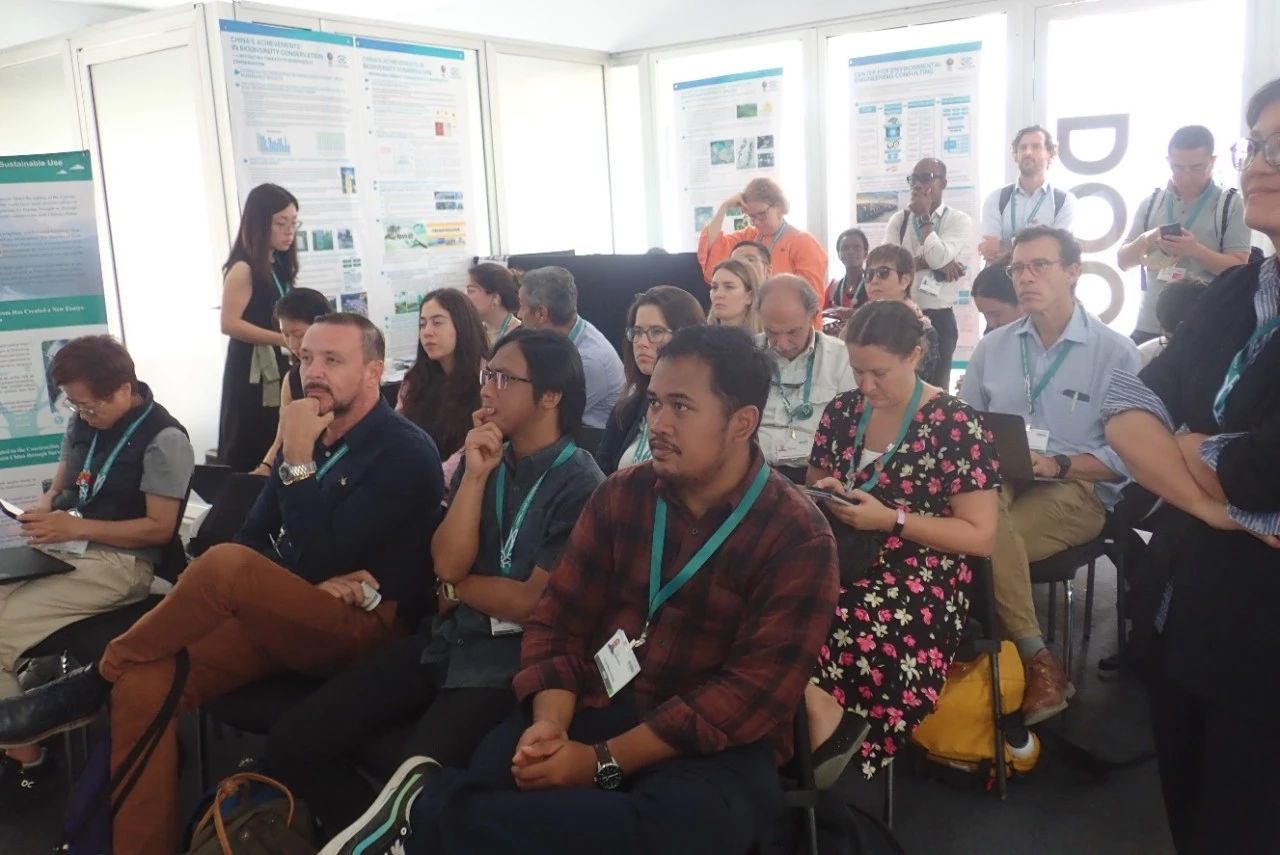
Figure 1. Audience at the Side Event Venue
In the keynote speech segment, Dr. Lirong Zhang, Executive Director of the Center for Biodiversity and Nature Reserve at the Chinese Academy of Environmental Planning (CAEP), delivered the opening speech at the side event. She emphasized the need to incorporate the coordinated development of renewable energy and biodiversity into development planning through a systems thinking approach, and to enhance innovation and application of technologies and management methods to promote green site selection for renewable energy projects and lifecycle management of biodiversity impacts. She also stressed the need to enhance the guiding and regulatory role of policies and regulations and to strengthen international exchanges and cooperation.
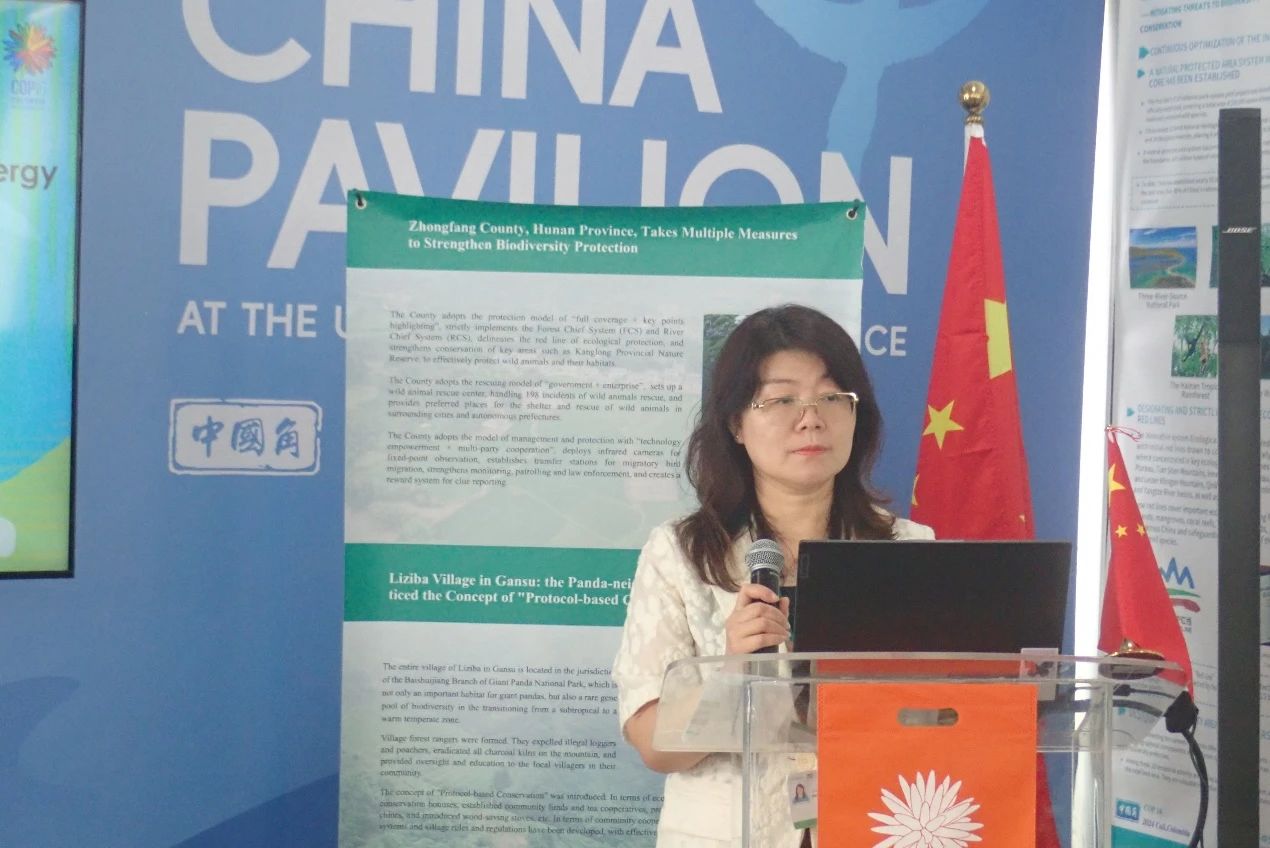
Figure 2. Dr. Lirong Zhang, Executive Director of the Center for Biodiversity and Nature Reserve at the Chinese Academy of Environmental Planning (CAEP)
In the thematic case studies and observation sharing segment, guests from China, the United States, Africa, and Southeast Asia shared their observations, research, and practices regarding the impacts of renewable energy development on biodiversity from the perspectives of infrastructure construction and supply chains.
Sue Mulhall from the BirdLife International described the challenges faced by global bird species during migration and introduced the Avian Sensitivity Tool for Energy Planning (AVISTEP). AVISTEP is designed to support developers and regulators in the siting of renewable energy infrastructure – Onshore Wind, Offshore Wind, Solar Photovoltaic, Transmission Powerlines and Distribution Powerlines – with effective consideration of the potential impacts on bird life and biodiversity.
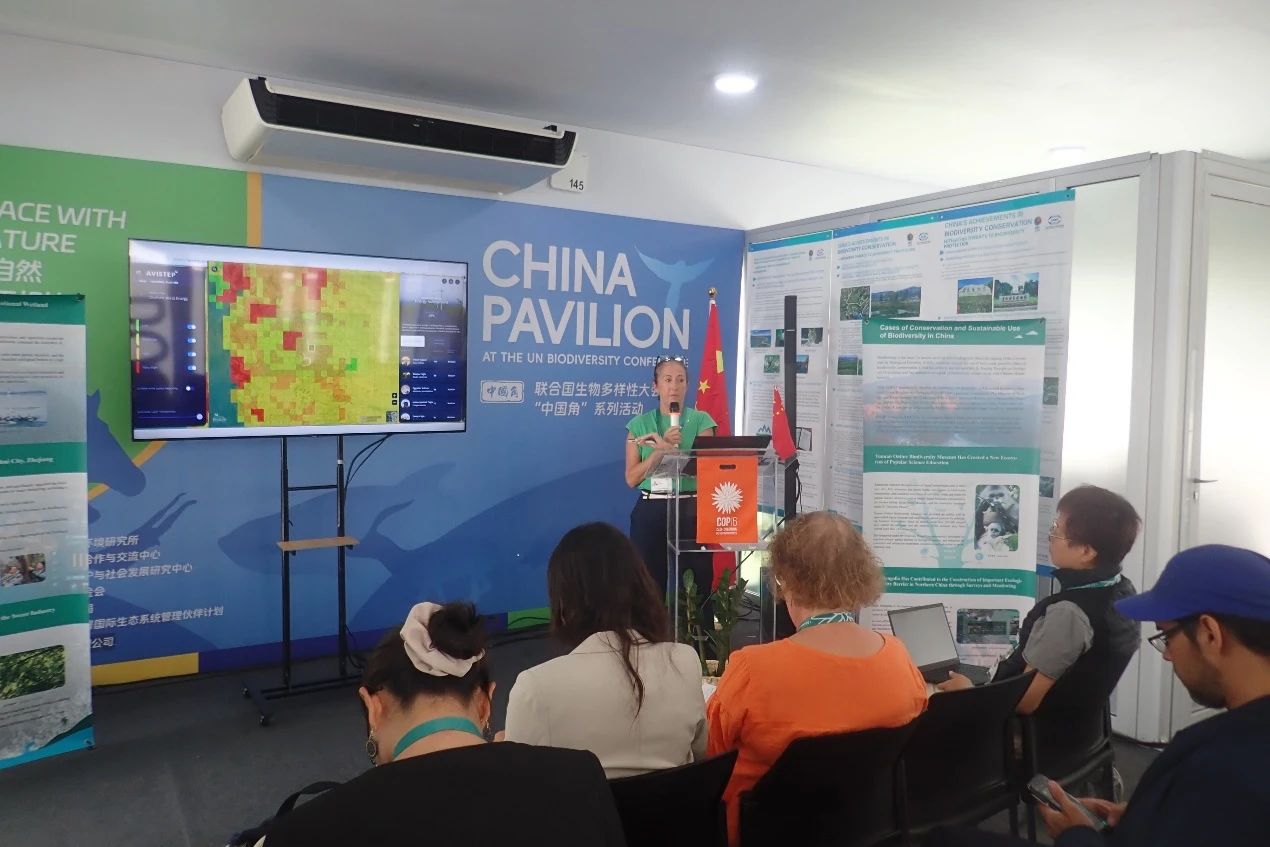
Figure 3. Sue Mulhall, Head of Biodiversity and Business Engagement at the BirdLife International
Dr. Chi-Yeung Jimmy Choi, an Assistant Professor at Duke Kunshan University, shared satellite tracks of the Endangered Black-faced Spoonbill (Platalea minor), highlighting how renewable energy infrastructure development can lead to habitat loss and extended migration times, ultimately affecting the migration patterns of migratory waterbirds.
Ms. Liu Jing from The Nature Conservancy (TNC) introduced several tools developed in collaboration with partners, including Site Renewables Right, Mining the Sun, SiteRight, and The Global Renewable Watch, aimed at optimizing renewable energy site selection while balancing biodiversity conservation and community interests.
Dr. Wafa Misrar from the Africa Climate Action Network (CAN Africa) emphasized the importance of renewable energy development in Africa. She highlighted that to achieve the goals set forth at COP28, Africa currently requires economic support and technology transfer for a just transition and long-term sustainable development.
Ms. Dorothy Wan from Friends of Nature introduced using public interest lawsuits to protect wildlife habitats from renewable energy projects destructions in China. She also mentioned that the legal and policy framework in China is taking steps forward to create positive policy conditions to ensure the synergy of renewable energy development and biodiversity conservation, including increase scientific research to study the impact of wind and solar power on biodiversity and develop key technologies, strengthen wildlife field surveys and environmental protection in project areas, increase monitoring and evaluating the cumulative impact of planning and project life cycles on biodiversity.
Ray Victurine, an environmental economist from the Wildlife Conservation Society (WCS), introduced the Mitigation Hierarchy decision-making tool for sustainable energy development and downstream mining development. This tool, recommended by several international multilateral investment banks and aid funds, aims to manage biodiversity impacts with the goal of achieving net zero loss of biodiversity, or even net gain. Ray pointed out that businesses, investors, and decision-makers in project locations need to collaboratively manage potential impacts at the ecosystem and landscape scale, and this requires downstream demand-side stakeholders to also drive these efforts.
Dr. Chen Cheng, Director of the Nature Watch Program at the Shan Shui Conservation Center, released the report ” Synergy of Renewable Energy and Biodiversity in China, Opportunities and Challenges ” during the side event. This Report was jointly authored by the Shan Shui Conservation Center, the Peking University Center for Nature and Society, and the Friends of Nature. It outlines the progress of research and solutions under the topic, and identifies the existing gaps and challenges. This Report also pointed out that the development of renewable energy and biodiversity aim to achieve the same goal: in the long-term, to protect the natural environment and sustain human on earth. In the short term, as policymakers and investors are strengthening demands on biodiversity conservation in renewable energy, renewable energy companies have to take conservation actions, not only for responding to such demands, but also for proactively turning challenges into opportunities, which enhances their competitiveness. She emphasized the urgent need to enhance knowledge and experience sharing, so that to support policy implementation and goal achievement.
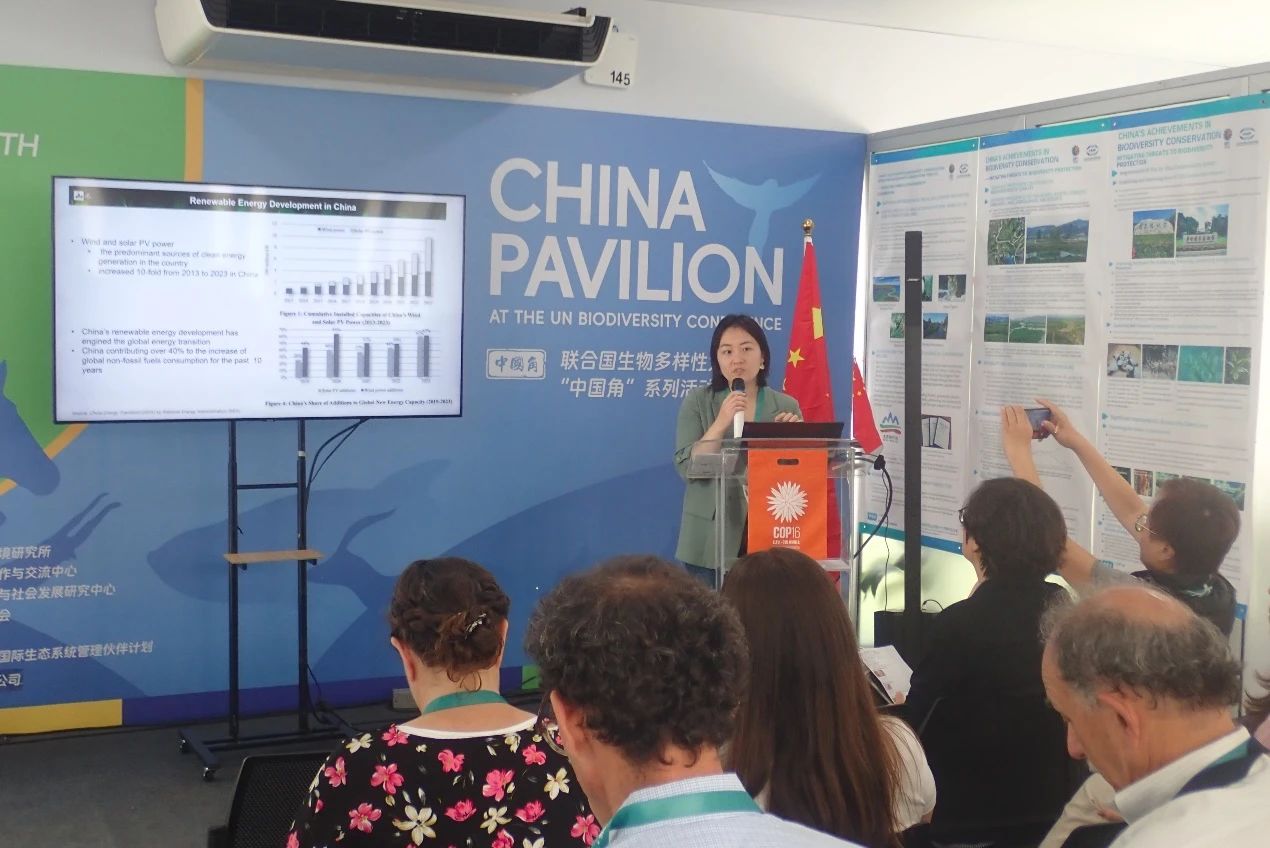
Figure 4. Dr. Chen Cheng, Director of the Nature Watch Program at the Shan Shui Conservation Center
The roundtable discussion segment was moderated by Dr. Aili Kang from the China Global Investment and Impact Program, Wildlife Conservation Society (WCS). It invited representatives from domestic and international social organizations, multinational corporations, investment institutions, and research institutions to engage in lively discussions on how to balance renewable energy development and biodiversity conservation, followed by a Q&A session addressing existing challenges.
In response to the existing challenges, Libby Sandbrook from Fauna & Flora International (FFI) emphasized the critical role of government in biodiversity regulation and the importance of guiding enterprises through policy based on her extensive experience in the mining and conservation sectors.
Emilio Tejedor from Iberdrola, one of the largest electric utilities and world leader in wind energy production, highlighted the crucial role of regulation and policy incentives in a competitive market. He candidly stated that although the company is committed to achieve positive impact on biodiversity by 2030, the lack of a sound nature-protecting regulatory environment complicates corporate biodiversity-positive outcomes as it could ultimately hinder market competitiveness.
Dr. Julie Gorte from sustainable investment firm Impax Asset Management noted that biodiversity holds immense socio-economic value. However, due to the lack of specific measurement methods and clear monetary values, those responsible for biodiversity destruction do not incur direct costs, making it difficult for investors to identify investment directions and hindering cash flow into nature.
Dr. Zhi Lu, the Professor of Conservation Biology at Peking University, emphasized the importance of cross-sector communication, stressing the need to break down departmental barriers to share information, knowledge, policies, and best practices, and to understand companies’ challenges. She called for the establishment of sharing networks to expand consensus. Stakeholders, including social organizations, businesses, and investors, need to share and exchange research practices and lessons learned.
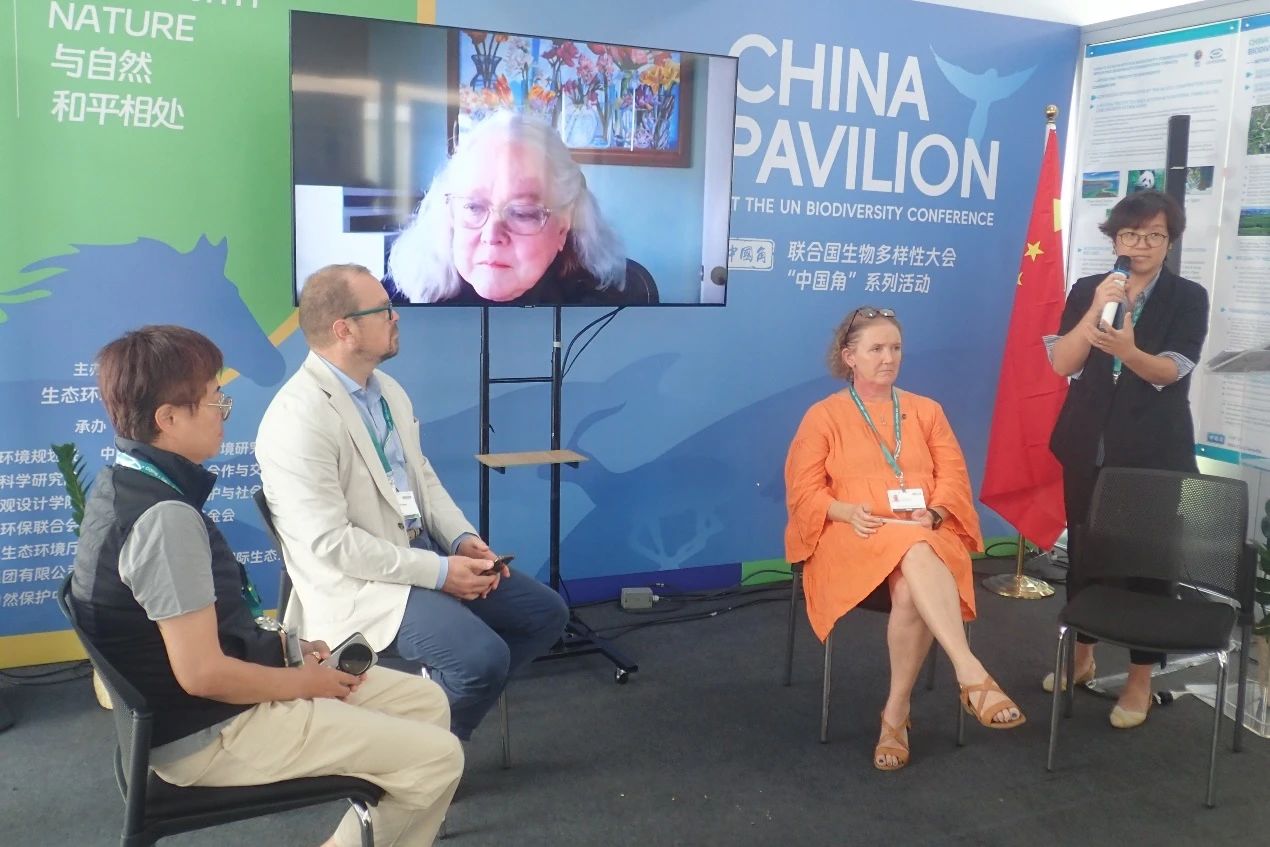
Figure 5. The roundtable discussion segment at the Side Event, from left to right: Dr. Lu Zhi, the Professor of Conservation Biology at Peking University; Emilio Escobar from renewable energy company Iberdrola; Julie Gorte from sustainable investment firm Impax Asset Management; and Dr. Aili Kang from the China Global Investment and Impact Program at Wildlife Conservation Society (WCS)
In the interactions among social organizations, enterprises, investors, and research institutions, the demand for information sharing and co-creation of knowledge among multiple stakeholders was evident. To better promote the synergistic development of biodiversity conservation and renewable energy, it is necessary to break down information barriers, promote cross-sector cooperation, information sharing, and policy coordination, and collaborate with more conservation organizations and renewable energy companies to explore solutions and undertake joint actions.
The event has provided international experiences and insights for the ongoing research “Pathways for Coordinated Development of Renewable Energy, Environment, Ecology, and Society,” led by the Shan Shui Conservation Center, contributing to the “China Renewable Energy Development Vision Workshop.”
With COP16 just closed and COP29 having commenced in Baku on November 11, the question of how to avoid the biodiversity impacts of the energy transition, as a non-negligible dimension of the synergy between the two global issues, requires more attention. As former Executive Secretary of the Convention on Biological Diversity and current Assistant Secretary-General of the United Nations and Deputy Executive Director of the United Nations Environment Programme (UNEP) Elizabeth Maruma Mrema stated, regarding climate change and biodiversity conservation, “we cannot treat these issues separately; either we solve both or we solve neither.”


